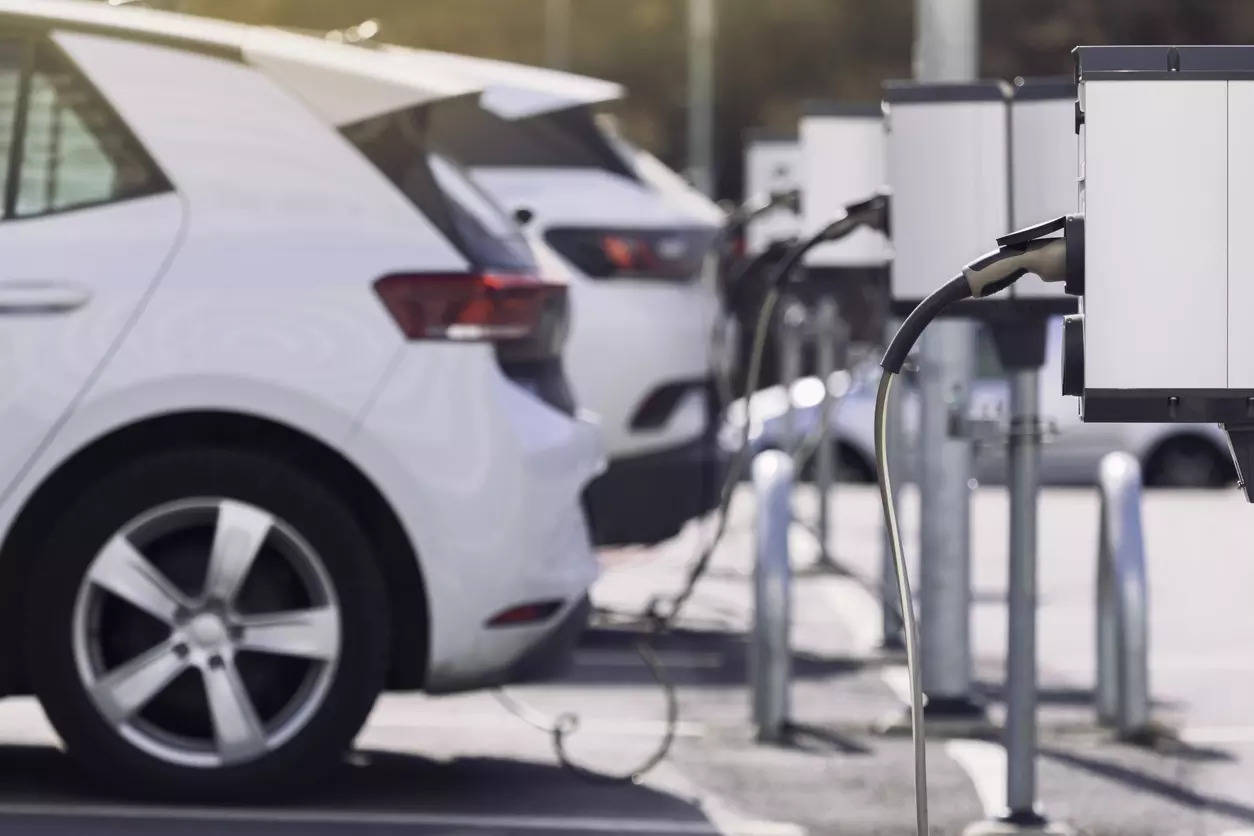
New Delhi: New norms need behavioural shifts. For a norm like electric mobility to establish a base and avoid a demand plateau, where demand growth tapers off, it needs to change the way people interact and integrate with it, especially in their daily lives. It is only then, a disruptive norm is not just blip in the timeline that fizzles out but becomes a way of life.
For electric mobility, this is not just the key to its success but the ingredient that lets keep the wheels turning. This is not to say that other factors like the EV charging infrastructure or the access to affordable electric mobility are not important to the longevity and sustainability of the industry. But widespread adoption hinges on seamlessly integrating electric mobility into people’s lives, making them a natural choice, and not just an alternative.
Behavioural shift
Human nature tends to favour the path of least resistance. The technology or service that is most easily available and accessible will more than win over anything that requires more effort. Yes, added factors like environmental degradation and sustainability are important factors in decision-making but for a country like India, these concepts tend to be reserved for those who can afford to wait a little longer, walk a little further or spend a little extra.
For a true behavioural shift to any new disruptive norm and technology it must be not only visibly present but also be effortlessly accessible, failing which, it risks slowing adoption at best, or worse still, will result in no meaningful change at all.
For electric mobility to survive in the existing multi-modal transportation ecosystem, it needs to avoid this at all cost. If always seen as a choice either only for those who can afford it or as a secondary choice to the much easier ICE (Internal Combustion Engine) model, it will restrict the pace of the shift to cleaner, greener mobility one step behind. It will never be able to achieve the transformative potential that it holds for how the world moves. On the other hand, for it to leap that one step to be at par with ICE and be seen as a genuine alternative, it needs a systemic push that jolts a behavioural shift in the right direction. Joint efforts
This jolt will not come from only one quarter. It has to be the concerted effort of every stakeholder that is involved in people’s daily life. Electric mobility must be visibly noticeable as an at par alternative to the current norm. It must be able to show that as intrinsic as mobility is to economic activity, electric modes are as intrinsic and available to the choice of mobility offered to every person across every spectrum.
The best example of this is seen in the adoption of ride hailing itself as a genuine alternative to traditional public transportation models. During the pandemic, the shift in consumer behaviour favouring ride hailing saw the number of users of one particular platform rise by an average 53% Y-o-Y between 2015 and 2022 in India.
The Indian EV industry itself has realized this and is acting upon it in various ways, from showing the improved ability of EVs in terms of range, technological advancements and new features to evolving models in ride hailing options that are carbon emission free. There is ample evidence from the industry in accelerating towards the transition to electric mobility.
However, making EVs the default choice requires contribution from all stakeholders, and not just the industry representatives. Think-tanks, civil society, transportation, government institutions, and OEMs (EV and Battery), all need to devise a plan that primarily focuses on incentivizing and integrating EVs seamlessly into daily life.
For example, the current lack of prominence given to electric passenger mobility at airports, train stations and bus terminals, allows ICE vehicles to remain the more easily accessible and visible mode of transportation, offering commuters a path of least resistance. A commuter walking out of a train terminal, unless willing to walk a little further or spend a little more, will always opt for an ICE vehicle on offer right in front. On the other hand, if a central market has incentivized electric mobility by deeming all parking around it to be only for electric vehicles, a customer seeking ease in his/her mobility, will opt for electric mobility rather than ICE. It is enabling choices like these, where electric mobility must find centrestage, that a behavioural shift towards cleaner and greener transport can truly take place.
The key to unlocking electric mobility’s potential lies in this shift by simply making it a more viable, visible, and accessible alternative to ICE vehicles. Interestingly enough, electric cars once dominated the market, holding 38% of US sales in 1910. It wasn’t until the disruption of the mass produced Model T which behaviourally changed how people perceived personal mobility, both in terms of access and ownership, and electric mobility was replaced by the ICE. The time for this to reverse is at hand, how fast this changes, will depend on how quickly a behavioural shift can be collectively achieved.
(Disclaimer: Anmol Singh Jaggi is co-founder and CEO of BluSmart. Views are personal.)

















